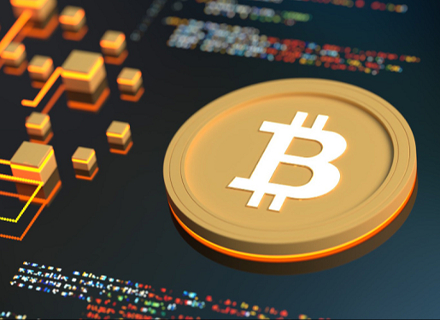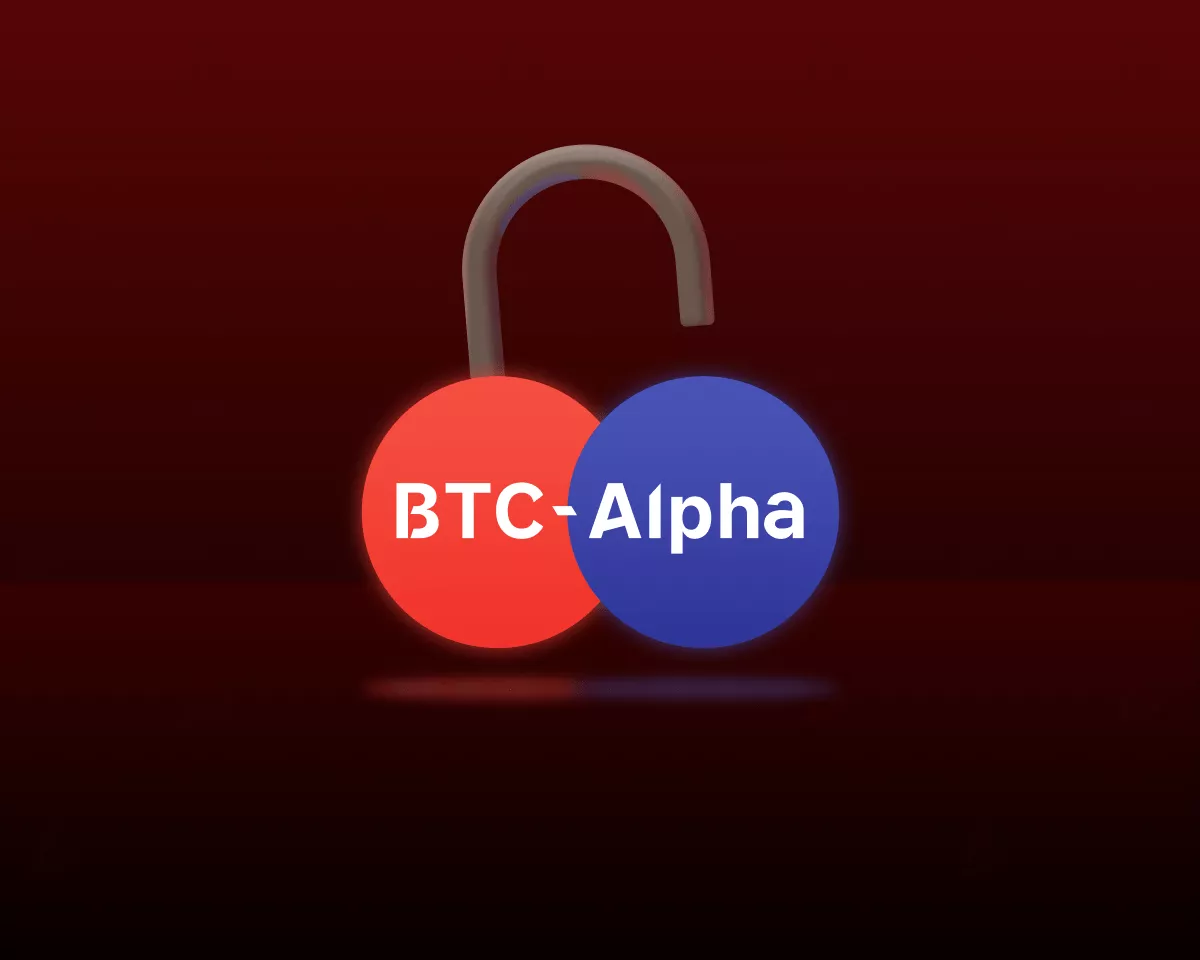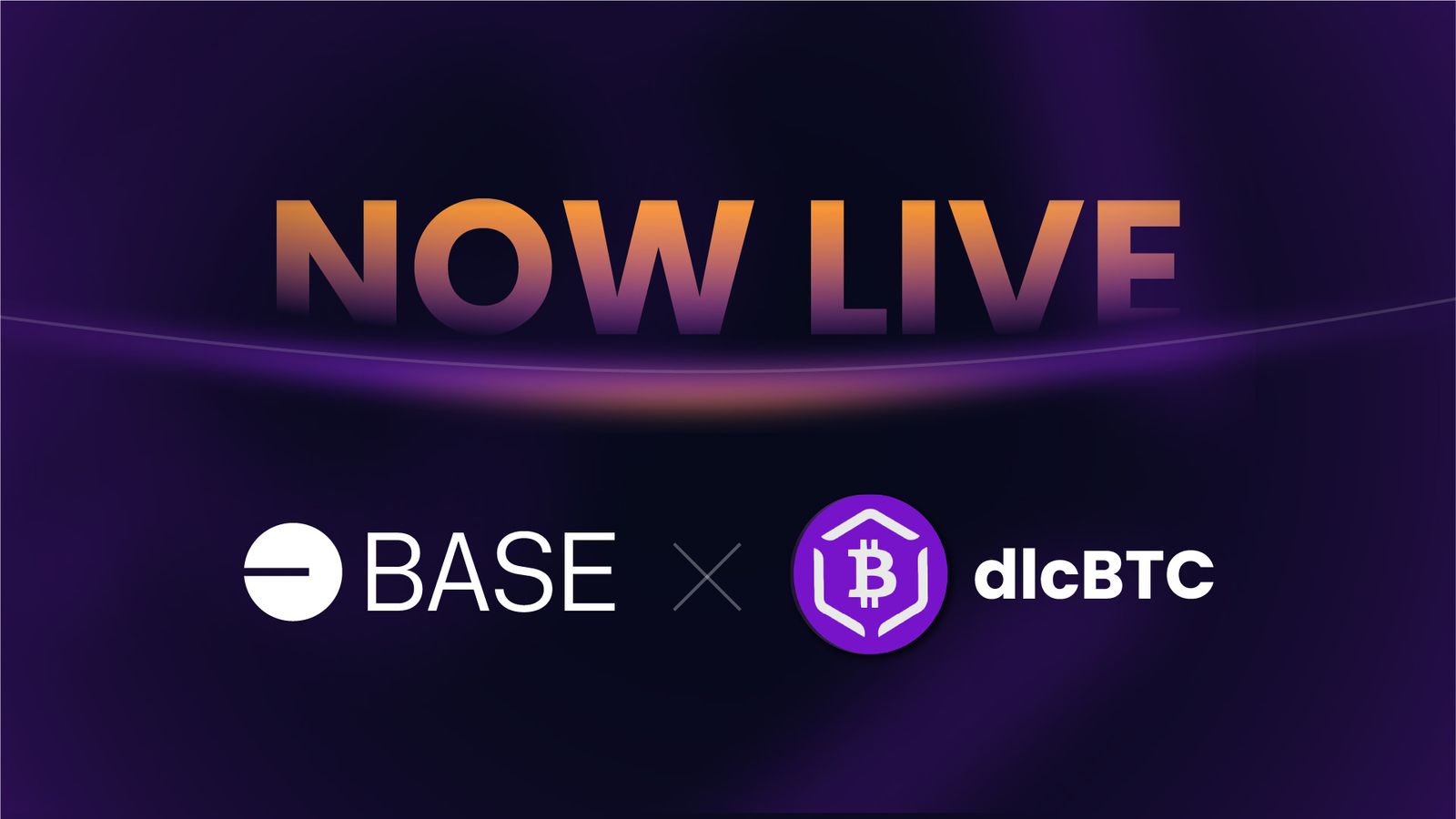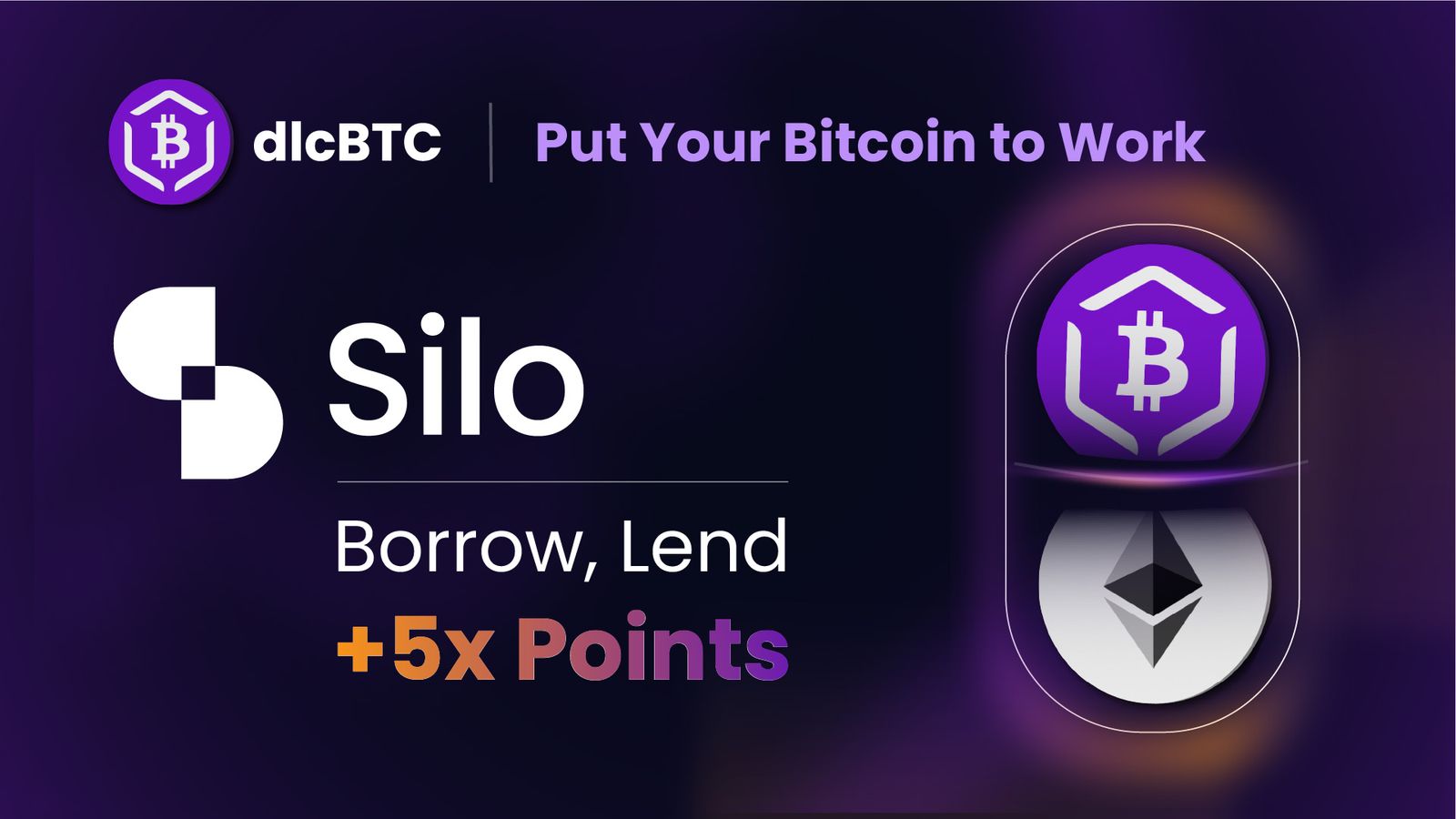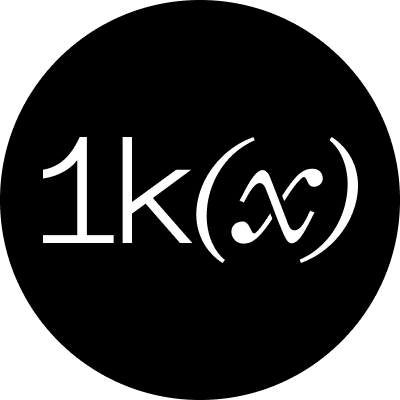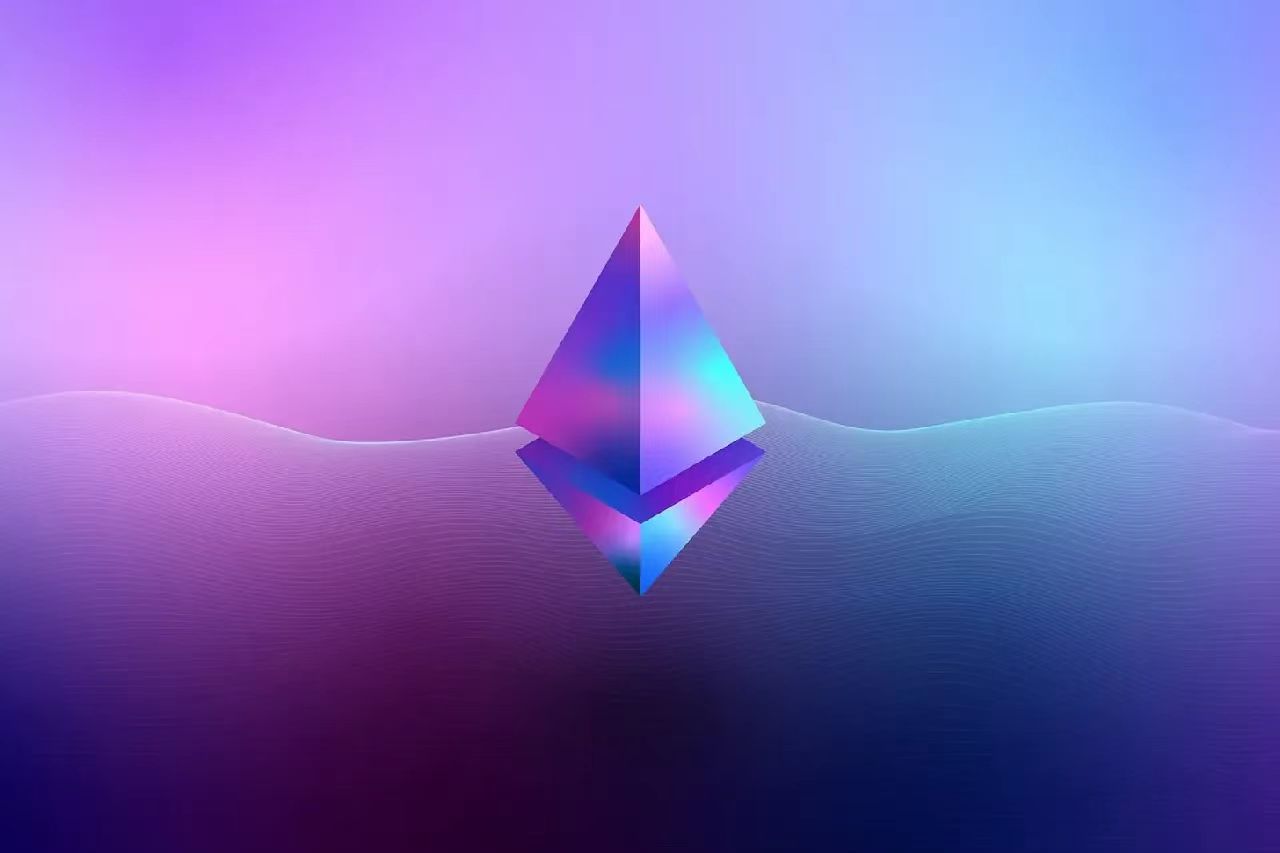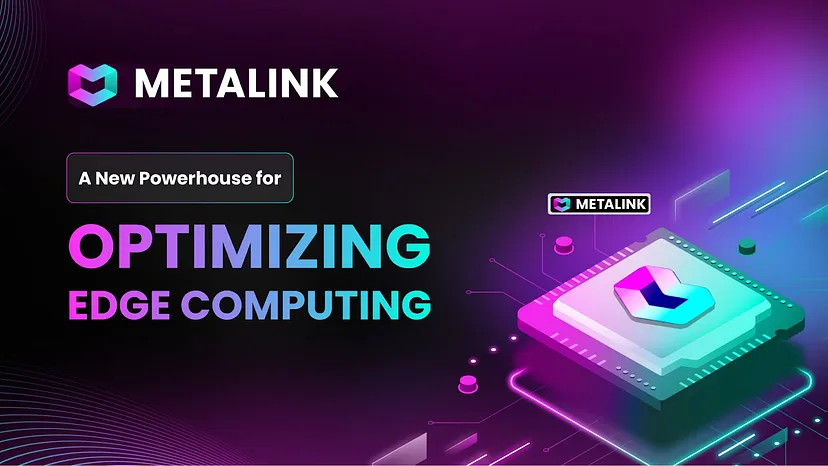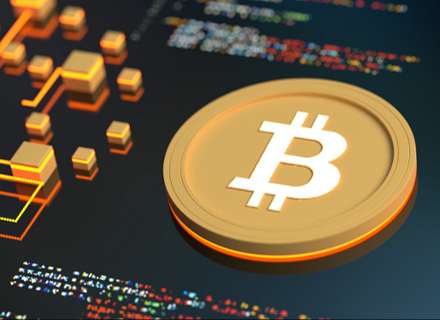By Chí Phan
The tokenization of assets (or Real World Assets) has emerged as a prominent trend and discussion area within the cryptocurrency sector in recent years. Our previous research - Tokenizing & Securitizing Real World Assets on Public Blockchains - emphasized tokenization's potential to improve liquidity for various asset classes and to lower transaction costs for trading in alternative assets. This viewpoint is recently supported by findings from leading financial firms such as JP Morgan Chase, Bain, Citi, Goldman Sachs, and BNY Mellon: the general consensus is that tokenizing assets can help increase demand and enrich markets through more liquid and standardized assets, thereby amplifying interest in these financial instruments. For investment banks, this opens up additional revenue streams through new issuance services for digitized assets, potentially disrupting the traditional IPO underwriting market share in the long term. Alternative asset managers could find in tokenization and the ensuing global liquidity of a secondary market for tokenized assets a valuable addition to their strategic toolkit, especially for their international investments. Moreover, for investors, the emergence of new asset classes could redirect fund flows, influencing investment strategies and returns as the market for tokenized assets matures in the future.
Even as we navigate the exploratory phase, with public blockchain infrastructures continuously evolving, the community has demonstrated a noteworthy commitment to pushing this innovative idea forward through significant infrastructure developments. Consequently, the dialogue has shifted from questioning the benefits of asset tokenization to probing into the methodologies of its experimentation and implementation and the major firms that are mentioned above are keen on further exploration.
The spectrum of tokenization approaches lies between 2 extremes: (1) tokenizing assets onto public-permissionless blockchains, and (2) tokenizing assets on private networks and ecosystems. While each end of the spectrum has its own set of pros and cons, we can expect many projects and investments to flow in to support further developments for a more synchronized financial market.
On the public blockchains, stablecoins (or tokenized cash) have displayed the dominant product-market fit for tokenized assets. With over $140Bn in market cap, stablecoins have achieved almost double the total trading volume of all other crypto assets combined. The tokenized treasury has also reached over $1.2Bn in market cap with the leads of Blackrock ($BUIDL) and Franklin Templeton ($FOBXX). Given the risks associated with emerging technologies, the crypto community has also responded to the increasing interest in tokenizing assets by advancing public blockchains' infrastructure. These advancements include the introduction of new smart contract standards such as ERC-4626, ERC-7540, and ERC-404, and support for the creation of custom-built blockchains for enterprises exploring asset tokenization. These are significant strides towards more seamlessly integrating tokenized assets into public blockchains.
On the other end of the spectrum, there are also explorations of permissioned networks such as Canton Network that aim to enable seamless financial transactions between private blockchains. Although this approach gives enterprises much more control and privacy to ease compliance concerns, it would require significant investments and resources to match the development rate of applications and infrastructure on public blockchains.
As we look to the future, the path towards a blockchain-enriched environment teeming with tokenized assets seems increasingly attainable. The growth in asset tokenization is evident, yet simply digitizing assets does not fully address the inherent issues within capital markets. The real worth of assets born digital will be determined by their functionality and ease of movement throughout the financial markets, positioning asset tokenization as a foundational move towards more integrated financial systems. Continuous experimentation and innovation in this area hold the potential to transform the dynamics of asset liquidity and transactional efficiency while introducing both challenges and opportunities for achieving a more cohesive and streamlined financial ecosystem.
Key Motivations for Tokenizing Assets
Amid the challenging conditions of the 2022 crypto bear market, the tokenization of assets (RWAs) has maintained its position as a focal point in the industry to this day. This approach, leveraging the transformative capabilities of public blockchain infrastructure, aims to catalyze growth in capital markets for alternative assets. By fostering deeper liquidity and reducing transaction costs, it promises to open doors for a diverse array of investors worldwide.
Like any innovative concept, the tokenization of assets is met with its share of skepticism and legitimate concerns. Yet, the underlying thesis for asset tokenization—centered on democratizing access to investment opportunities and streamlining the efficiency of capital flows—remains compelling.
The unparalleled success of securities is largely attributed to their high liquidity and low transaction costs. Recognizing this, we posit that enhancing the appeal of alternative asset classes hinges on optimizing the same properties (transaction expenses and liquidity).
Existing financial structures, including feeder funds and funds of funds, provide access to alternative assets, but at a cost. They transfer operational burdens from managers to distributors, inflating investor expenses without offering the scalability, automation, or simplicity needed for a digital, low-touch experience. Tokenization, in contrast, promises a path to a more scalable, efficient process that reduces overhead and ultimately benefits end investors.

Reducing Transaction Costs
Tokenization stands out as a pivotal innovation for reducing intermediary fees and administrative burdens inherent in traditional asset management. By employing public blockchain ledgers and smart contract applications, it facilitates direct transactions between parties and bypasses intermediaries. This should encourage more trading activities and enrich liquidity of the asset class.
Enhancing Liquidity for Traditional Illiquid Assets
Having low transaction costs also encourages market makers (or liquidity providers) to dip their toe into the order book, hence increasing the liquidity of the alternative asset classes. Moreover, tokenization harnesses the power of public ledgers to streamline trading and introduce transparency, particularly for cross-border transactions. This approach has the potential to transform traditionally illiquid assets, such as real estate or art, into more fluid investments, thereby expanding the market and investor base (even with strict KYC, KYB processes).According to a recent publication by J.P. Morgan Chase's Onyx Digital Assets, asset tokenization on blockchains can simplify operations for alternative asset managers, reducing the complexity and cost associated with legal processes and capital management. This efficiency not only makes investment products more competitive but also allows managers to concentrate on strategic decisions rather than administrative duties.

The same publication also argues that tokenization fundamentally transforms asset management through data standardization, workflow mutualization, and process automation. These advancements will not only mitigate the costs associated with manual reconciliation but also pave the way for investor-friendly innovations, such as automated capital calls and automatic ownership transfer.
Another report by Citigroup – "Bringing Traditional Assets to Digital Networks: Exploring the Tokenization of Private Markets" – offers an in-depth look into how traditional assets can be integrated into digital infrastructures. The report reveals the potential of tokenization in enhancing the accessibility and efficiency of private markets.
A practical demonstration of these concepts was conducted by Citi, Wellington Management, and WisdomTree, utilizing the Avalanche Evergreen Subnet named “Spruce” - a dedicated blockchain with specifically features tailored for institutional use. The Spruce subnet’s features include multi-level permissioning, Ethereum Virtual Machine (EVM) compatibility, and extensive customizability.

This Proof of Concept showcased the tokenization of a traditional asset – a private equity fund issued by Wellington Management – and its introduction into digital networks. ABN AMRO participated as the investor, with WisdomTree representing the wealth management platform, and Citi acting as the issuer’s agent on Spruce. These experiments and studies signal a significant shift towards more streamlined, efficient, and accessible markets through tokenization. They reveal the potential of blockchain to overcome traditional barriers, opening up new possibilities for asset management and investment.
Citi’s exploration into asset tokenization concludes with positive takeaways, signaling a new era for traditional markets:
- “Tokenization unlocks the value in traditional markets to new use cases and digital distribution channels while enabling greater automation, more standardized data rails, and even improved overall operating models, such as those facilitated by digital identity and smart contracts. These are significant advantages over traditional models.”
- “In combination with fractionalization, more transparency, and liquidity for secondary trading, this capability could open-up hitherto inaccessible asset classes like private assets to a wider base of investors.”
- “...Our expectation is that tokenization will soon start driving tangible utility through the new use cases it enables. The programmability provided by digital tokens enables models that are traditionally infeasible, for instance, automating rules-based asset allocation. Making it easier for private assets to trade and settle faster might also make them more accessible in automated model portfolios.”
A Bird's-Eye View of Tokenization Verticals & Key Developments
As previously mentioned, there are two ends of the spectrum of tokenization:
- (1) Tokenize traditional assets onto public-permissionless blockchains, leverage the available infrastructure, applications and liquidity sources on public blockchains
- (2) Tokenize assets on private-permissioned blockchains within controlled systems
Tokenizing Assets onto Public-Permissionless Blockchains
Stablecoins may seem unrelated to ”real world assets” at first glance. However, in financial and accounting terms, cash is one of the most fundamental assets. Therefore, it is reasonable to include stablecoins – which represent $140 billion USD tokenized onto the public blockchain – in the conversation around tokenization innovation.
Stablecoin Battles: Vying for Transaction Volume
Despite a lower market cap than 2021’s bull market peak, stablecoin trading volume has demonstrated resilience and signs of recovery over the last six months, mirroring the positive sentiment in the broader crypto market. However, volume still remains below peak levels.

A notable aspect of this resilience is the moderately positive correlation between the total trading volume of cryptocurrencies and the total market cap of stablecoins, indicated by a correlation coefficient of approximately 0.50. This suggests that as stablecoins' market cap grows, so does the overall cryptocurrency trading volume; albeit the relationship isn't perfectly linear.
Remarkably, the trading volume of stablecoins has outstripped that of all other crypto assets combined, including major players like Bitcoin and Ether. This highlights stablecoins' crucial role in providing liquidity and stability within the volatile cryptocurrency markets.

Recent developments have seen notable entries into the stablecoin sector. PayPal's launch of PYUSD marks a significant milestone, making it the first public company to introduce a global stablecoin offering. This ERC-20 token, backed by highly liquid assets, promises easy redemption and broad accessibility, leveraging PayPal's vast user base for rapid adoption. Within eight months of its launch, PYUSD has reached market capitalization of over $150 million USD, with a peak at $270 million market cap in the first two months of 2024.
Similarly, First Digital Labs, backed by Binance and headquartered in Hong Kong, has made waves with its yield-bearing stablecoin FDUSD. Achieving a market cap of over $2.4 billion in just a few months, FDUSD's rapid ascent to the top 5 most traded digital assets underscores the dynamic and competitive nature of the stablecoin market.
These developments suggest a vibrant and evolving stablecoin landscape, poised to play an increasingly pivotal role in the cryptocurrency ecosystem. As the market continues to mature, the entry of established financial entities and innovative offerings like yield-bearing stablecoins are set to further shape the future of digital asset trading.

Beyond Stablecoins: the Broader RWA Ecosystem
The financial landscape is witnessing a transformative wave with the emergence of tokenized yield-bearing assets, which merge traditional finance with blockchain's transparency and efficiency. By tokenizing assets such as private credit, or even alternative investments like real estate, issuers can fractionally represent ownership in these assets as digital tokens on a blockchain network. These tokens entitle holders to a share of the underlying asset's yield, which may include rental income, interest payments, or other forms of revenue. The use of smart contracts automates the distribution of yields to token holders, ensuring a transparent and efficient process. Numerous yield-bearing assets projects have been successfully launched in the past two years.

Franklin Templeton launched the first U.S.-registered mutual fund on a public blockchain, allowing investors to directly purchase shares via the BENJI token. This approach signifies a leap towards integrating mutual funds with blockchain technology, offering a seamless and efficient investment process.
Centrifuge stands out by creating a transparent marketplace for lending against real-world assets without the need for traditional intermediaries. By tokenizing assets like mortgages and invoices, Centrifuge enhances liquidity and offers a new avenue for crypto-backed lending, underscoring the versatility of DeFi applications.
Ondo Finance showcases a unique blend of tokenization strategies, from offering on-chain exposure to traditional ETFs to facilitating the trading of tokenized stocks. Their efforts to bridge the gap between traditional securities and blockchain exemplify the growing intersections between DeFi and conventional finance.
Maple Finance caters to a niche market of institutional and accredited investors, providing bespoke on-chain lending opportunities. Their focus on high-quality, collateralized lending pools illustrates the expanding scope of blockchain applications to meet the sophisticated needs of seasoned investors.
These platforms underscore a pivotal shift towards a more inclusive, efficient, and integrated financial ecosystem. Tokenized yield-bearing assets represent a burgeoning frontier that could redefine investment paradigms, offering novel opportunities for growth and diversification in the digital age.

Chart: RWA.xyz
The journey toward tokenizing Real World Assets (RWAs) is paved with the efforts of numerous protocols beyond these, such as Goldfinch, Tokeny, Securitize, and Polymath.
Continuing Development of Infrastructure Layers
- Ethereum's Technical Advancements: The Ethereum network has made significant strides with the introduction of ERC-4626, a tokenized vault standard that streamlines and unifies the technical parameters for yield-bearing vaults. This standard simplifies integration efforts and enhances interoperability. Additionally, the proposed ERC-7540 extends these capabilities, offering asynchronous deposit and redemption features to accommodate more complex use cases.
- Avalanche's Collaborative Initiatives: On the Avalanche platform, the Onyx team from JP Morgan Chase is spearheading a Proof of Concept to explore asset tokenization beyond its primary platform, utilizing interoperability protocols and Avalanche Evergreen Subnets for enhanced connectivity. Furthermore, Avalanche has fostered collaboration between other leading financial institutions through the Spruce Evergreen Subnet, designed for institutional testing of on-chain finance. These subnets offer customization for institutional needs, combining the innovation of public networks with the security and specificity required by enterprise applications.
- Polygon Chain Development Kit (CDK) is a versatile and modular framework designed to support the development and deployment of blockchain networks that are compatible with Ethereum. It serves as a cornerstone for building scalable and interoperable blockchain solutions within the Polygon ecosystem, including layer 2 solutions and stand-alone chains (sovereign Ethereum chains). With Polygon SDK, developers can build platforms that make tokenized assets more accessible, liquid, and synchronized across the rising digital economy.
- The Chainlink Cross-Chain Interoperability Protocol (CCIP) facilitates communication and interoperability among different blockchain networks, leveraging Chainlink's decentralized oracle network to securely transfer data and value. This capability can be helpful for executing on tokenization. CCIP enhances this process by ensuring that tokens representing RWAs can be easily managed, traded, and transferred securely across multiple blockchain platforms. This not only broadens the accessibility and liquidity of such assets but also significantly improves their utility in various applications, particularly within the decentralized finance (DeFi) sector, by enabling more efficient cross-chain transactions and interactions.
Tokenizing Assets onto Custom-Built Permissioned Blockchains
On the other end of the spectrum, the strategy of tokenizing assets on custom-built permissioned blockchains has also gained traction.
For example, Canton Network - a public permissioned blockchain - successfully demonstrated their capabilities for atomic transactions (Delivery versus Payment, or DvP) across enterprise chains using Global Synchronizer, which is powered by composable smart contracts. Each participating institution was provided with its own Canton node to access applications for each permissioned blockchain and connected to the Global Synchronizer to facilitate atomic transactions across various Canton blockchain networks.

Although this approach can maintain the privacy and controls required by regulated institutions, it would necessitate a certain level of development investment to keep pace with the constantly evolving application layers and liquidity sources on public blockchains. As a result, it will be interesting to observe whether these enterprise blockchains can interact and synchronize with public blockchains to drive even more rapid advancements in the market.
In situations where enterprises demand even more specific control and privacy, they can also create their own customized private blockchain (dedicated subnet) using Avalanche's technology stack (developer tools). However, tokenized assets on these chains will need to be transferred to other subnets via the Teleporter Bridge.
In their aforementioned tokenization report, Citi also emphasized the ongoing development of transaction-level privacy technologies such as Zero-Knowledge Proofs (ZK) and Fully Homomorphic Encryption (FHE), which would help further preserve the privacy of financial transactions containing confidential or proprietary information.
Asset Tokenization - The First Step Toward a More Synchronized Financial Market

There is a statement from Canton Network’s Pilot Report that frames the current state of digital assets well:
"Asset tokenization is on the rise, but representing assets in new digital forms is not enough to answer the deep-rooted industry challenges across capital markets. The true value of digitally native assets will lie in their utility and mobility across financial markets. Asset tokenization is the first step; an enabler for more synchronized financial markets. But as we emerge from the first phase of digital issuance, financial institutions and their customers are asking, 'What now?'"
Tokenized assets have limited value when locked on the balance sheet or with restricted opportunities in secondary markets with limited liquidity or connections. The next building blocks will help create a composable system where different tokenized assets that live on different ledgers - both public and private ledgers - can be exchanged, swapped, or transferred to other ledgers with minimal risks in execution.
These initiatives across major blockchain ecosystems underscore a collective push towards enabling the tokenization of alternative assets. By developing infrastructure layers tailored to the needs of institutional applications and enhancing standards for interoperability and efficiency, the blockchain community is laying the groundwork for a more accessible and efficient digital asset space.
Tokenizing assets onto the blockchain is now a solved problem, proven by the market capitalization of stablecoins and yield-bearing assets (Treasury bills), as well as the on-chain availability of other alternative asset classes. Additionally, there are dozens, if not hundreds, of projects quietly progressing under the radar, exploring various assets to bring them onto the blockchain.

Treasury tokenized products have been gaining adoption. Chart: rwa.xyz
The next problem to solve is to increase the demand for these tokenized assets, which will involve enhancing their liquidity and utility, educating a wider range of investors, while balancing the benefits of lower transaction costs against the slightly higher, unknown technical risks inherent in any new technology.
While tokenizing assets on public-permissionless blockchains can leverage the increasing liquidity available on-chain, the growing technology stacks and applications may face significant regulatory scrutiny due to the trustless nature of these blockchains. On the other hand, tokenizing assets on private networks and ecosystems, although providing the necessary customization and configuration to meet changing regulatory requirements, places the ecosystem at a disadvantage compared to the public-permissionless approach, particularly in terms of developing application layers to attract users and investors.
As these technologies continue to evolve, the concerted efforts of blockchain ecosystems, financial institutions, and dedicated protocols are poised to revolutionize asset management and trading. This transformation could reshape the landscape of investment and finance into a system characterized by robustness, increased efficiency in capital flows, and greater transparency, offering a wider range of choices for financial instruments, both on and off-chain.

